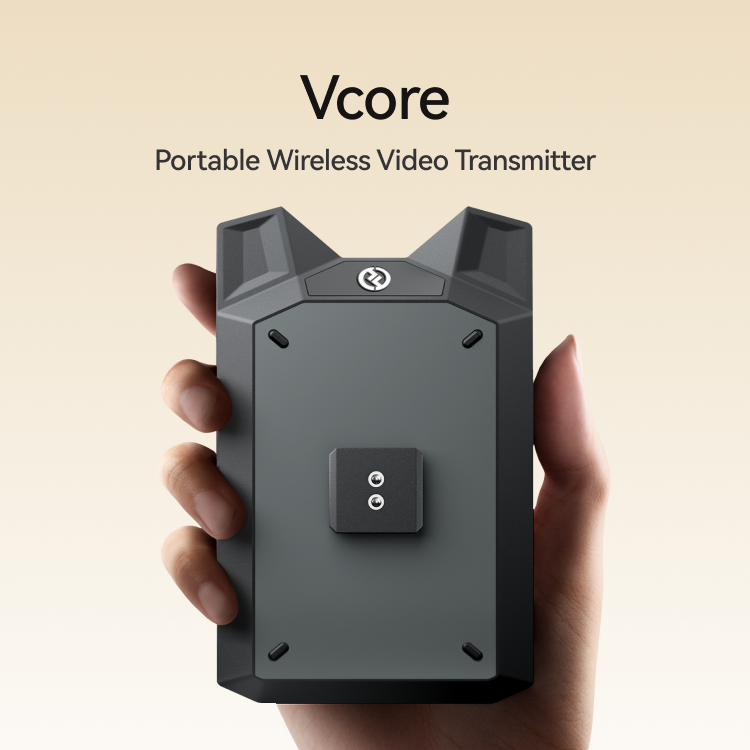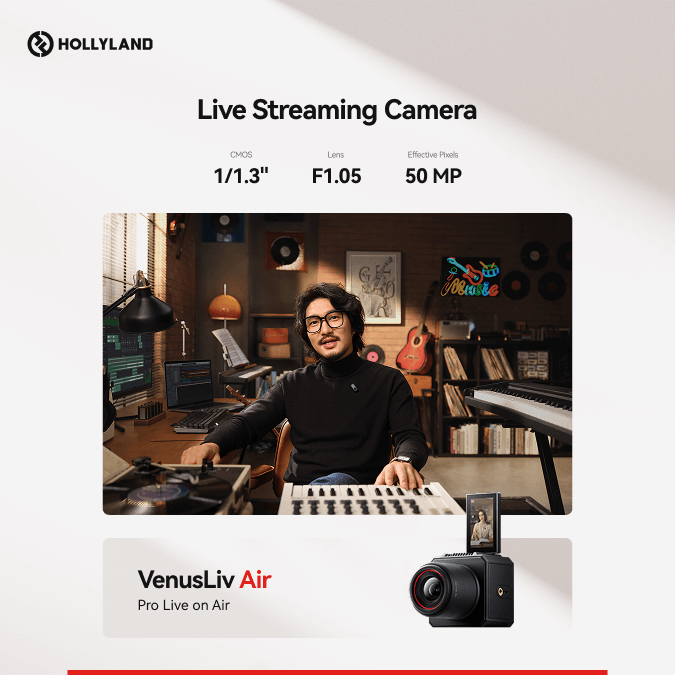
Breaking the Wired Limit: Wireless Video Technology in Film Production
The Development Status and Technological Innovation Trends
In the current era of rapid digitalization and informatization, the film and television production industry is undergoing unprecedented transformation and vigorous development. With the continuous improvement of audience’s aesthetic demands and technological innovations, the production level and presentation of film and television works are also undergoing profound changes.
In recent years, the market size of the film and television production industry has continued to expand, with content creation becoming increasingly diversified. From traditional movies and TV series to emerging forms such as web dramas, micro-movies, and short videos, there has been an endless stream of innovations, catering to the diverse needs of different audience groups. At the same time, technological innovation has become the core driving force behind the industry’s development. Digital technology, the Internet, cloud computing, artificial intelligence, and other new technologies are being increasingly widely applied in film and television production, not only improving production efficiency but also greatly enriching the visual effects and expressive power of film and television works.

Among this series of technological innovations, wireless video transmission technology, as a key technical means, is gradually emerging in the field of film and television production. With its unique transmission stability, flexibility, and efficiency, it brings unprecedented convenience and possibilities to film and television production. Wireless video transmission technology enables real-time monitoring on the filming site, allowing directors and cinematographers to instantly view the shooting effect and adjust shooting parameters, thereby greatly improving shooting efficiency and quality control. At the same time, it also supports remote shooting, enabling the filming team to easily capture exciting moments in complex scenes or from special angles, broadening the horizons and boundaries of creation.
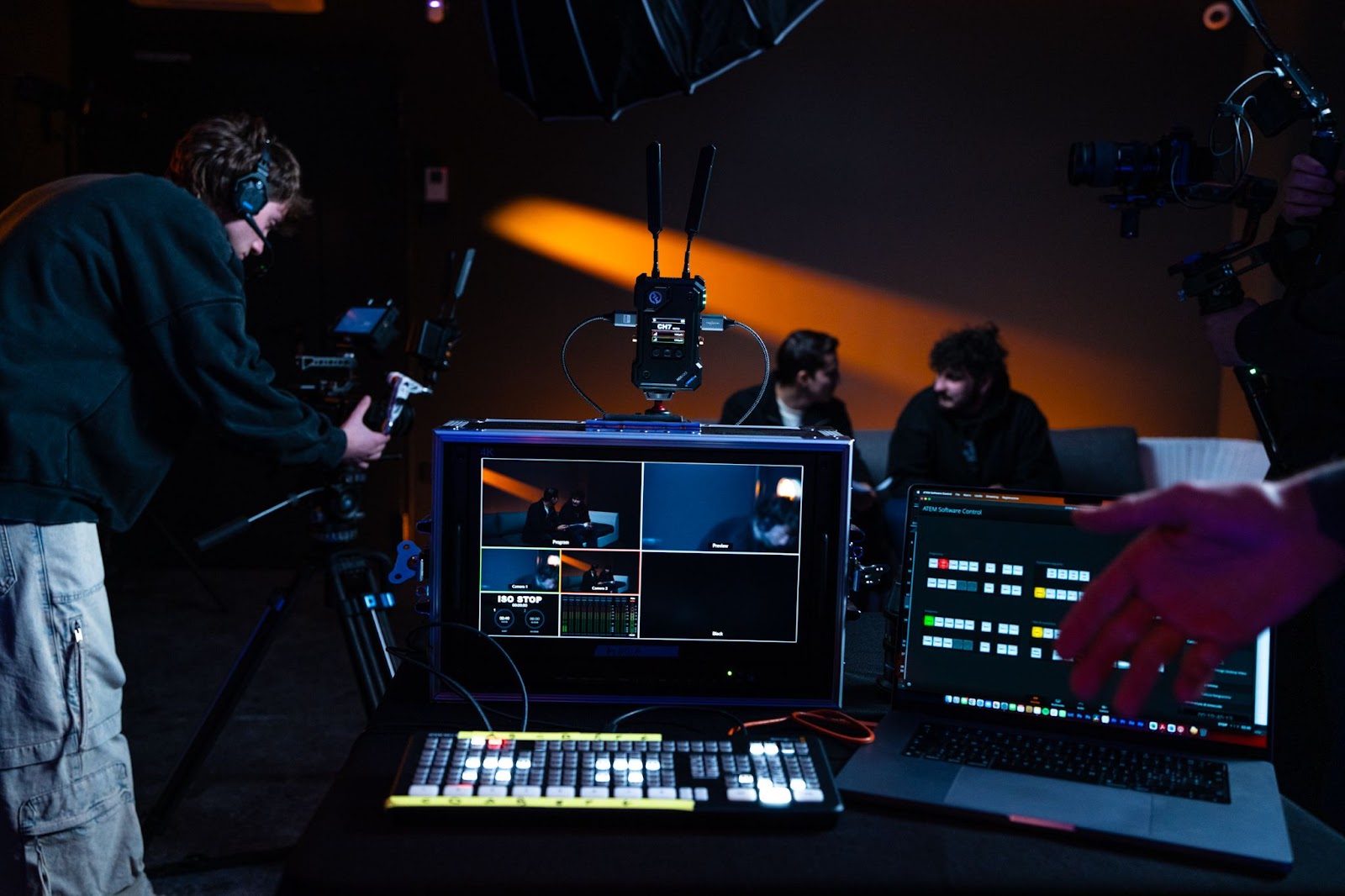
Cosmo C2 achieves real-time monitoring
Therefore, this article will focus on discussing the important role of wireless video transmission technology in film and television production and analyzing its technical advantages. It is hoped that through the elaboration of this article, more people can understand and recognize the huge potential and broad prospects of wireless video transmission technology in film and television production.

The Important Role of Wireless Video Transmission Technology in Film and Television Production
Convenience of Real-time Monitoring
Wireless video transmission technology transmits the live footage from the filming site to the monitoring devices of directors, cinematographers, and other creative personnel through wireless signals, enabling real-time monitoring of the filming process. The realization of this technology relies on high-speed and stable wireless transmission protocols as well as advanced anti-interference technology to ensure smooth and clear video transmission. During filming, creative personnel can instantly view the camera’s framing, and make real-time adjustments to composition, lighting, color, and other aspects to ensure that the shooting effect meets expectations.
Real-time monitoring is crucial for directors, cinematographers, and other creative personnel. It not only allows them to have a more intuitive understanding of the filming site but also enables them to identify and address issues promptly, avoiding later rework due to filming errors. Real-time monitoring also facilitates better communication between creative personnel and actors, guiding actors’ performances and thereby enhancing overall filming efficiency and quality.
Take a large-scale historical drama as an example. During filming, the director used wireless video transmission technology to monitor the filming site in real-time and noticed that the lighting in a particular scene was not ideal. He immediately instructed the lighting technician to make adjustments through a walkie-talkie. Thanks to the timely adjustment, the scene was successfully filmed, avoiding repeated shooting due to lighting issues and greatly improving filming efficiency.

Flexibility of Remote Shooting
Wireless video transmission technology not only supports real-time monitoring but also enables remote shooting. Through wireless signals, the filming team can control the camera’s shooting from a location far from the camera, including adjusting the lens angle, focal length, and even remotely controlling drones for aerial shooting. The emergence of this technology has greatly expanded the horizons and boundaries of filming, allowing the filming team to easily capture exciting moments in complex scenes or from special angles.
Remote shooting offers numerous advantages in film and television production. Firstly, it can reduce the difficulty of filming, especially in difficult-to-access or dangerous environments such as mountains, deep seas, and fire scenes, where remote shooting can ensure the safety of filming personnel. Secondly, remote shooting can broaden creative visions, bringing more unique and amazing visual effects to film and television works. For example, when filming a science fiction movie, remotely controlling a drone for aerial shooting can capture magnificent city scenes, providing viewers with an immersive cinematic experience.
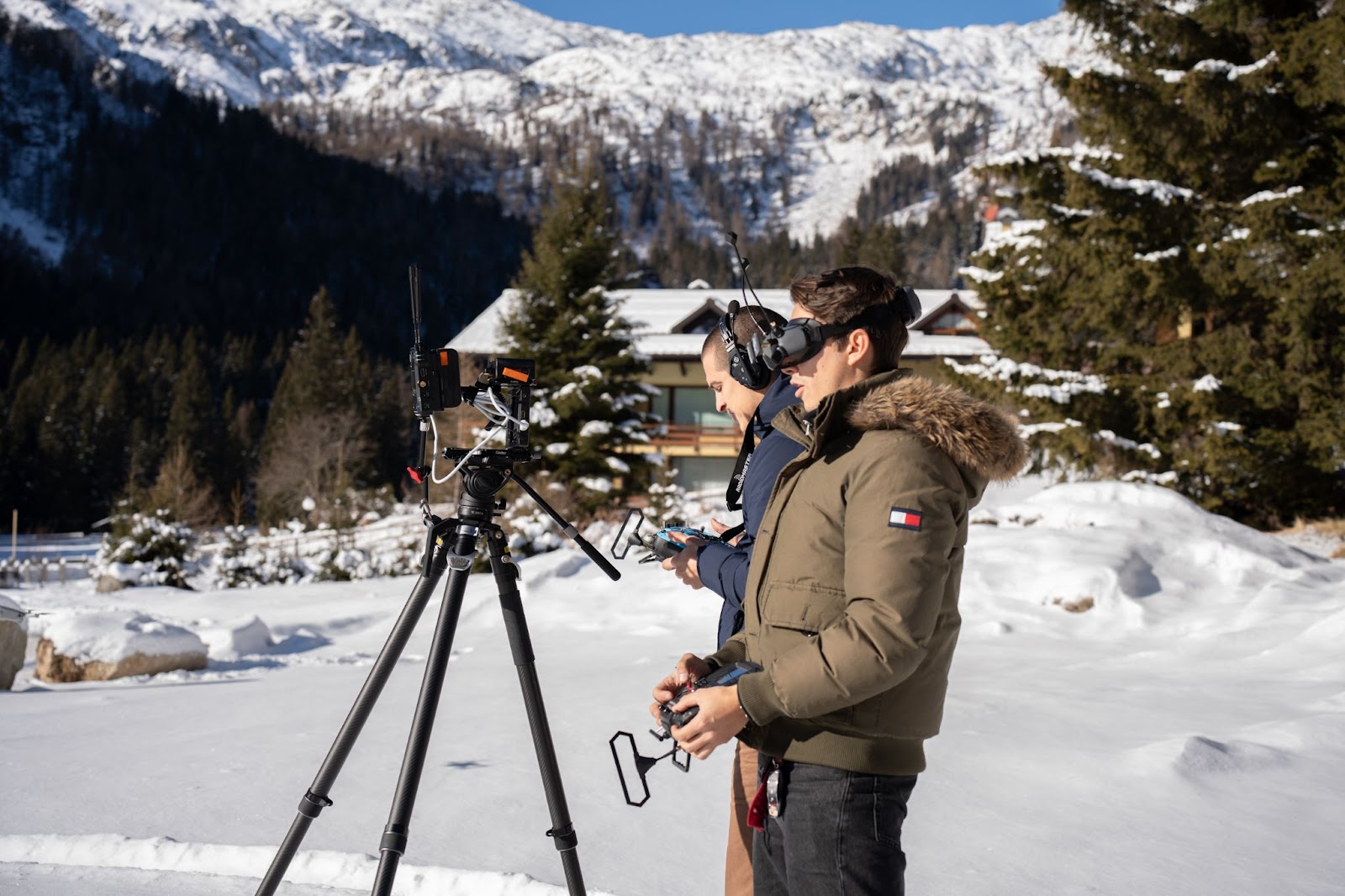
Alberto’s team is using Cosmo C2 for drone photography
Advantages of Wireless Video Transmission Technology in Speed and Efficiency
The advantages of wireless video transmission technology in data transfer speed and processing efficiency are one of the key reasons why it is highly favored in the film and television production industry. Traditional wired transmission methods are often constrained by factors such as cable length and interface limitations, while wireless video transmission technology breaks these constraints and achieves high-speed, stable data transmission.
Advantages in Data Transfer Speed
Wireless video transmission technology employs advanced wireless transmission protocols, such as Wi-Fi and 5G, which are characterized by high rates and low latency. Taking 5G as an example, its transfer speed can reach tens of Gbps, far exceeding traditional wired transmission methods. This means that on the filming site, the footage captured by cameras can be almost instantly transmitted to monitoring devices used by directors, photographers, and other creative personnel, greatly enhancing work efficiency.
Advantages in Processing Efficiency
In addition to data transfer speed, wireless video transmission technology also excels in processing efficiency. Modern wireless video transmission systems are typically equipped with powerful image processing chips that can perform real-time encoding, compression, and optimization of the transmitted footage. This efficient processing capability ensures image quality while reducing the bandwidth requirements for data transmission. As a result, filming teams can complete the transmission and processing of large amounts of data in a short period, saving valuable time for subsequent editing, special effects production, and other processes.

Pyro 7: Remote monitoring through Streaming
Impact on Filming Schedule and Production Costs
The efficiency of wireless video transmission technology has a significant impact on shortening filming schedules and reducing production costs. Firstly, during the filming process, real-time monitoring and remote shooting are achieved, allowing creative personnel to adjust shooting parameters and composition more swiftly, reducing repeated shooting due to filming errors and thereby shortening the filming schedule. Secondly, the efficient data transfer and processing capabilities enable filming teams to quickly collect and organize large amounts of footage, providing strong support for subsequent production work and lowering production costs.
Conclusion
Wireless video transmission technology holds a pivotal position in the film and television production industry due to its unique transmission stability, flexibility, and efficiency. It enables real-time monitoring on the filming site, allowing directors and photographers to adjust shooting parameters instantly and ensure the desired shooting effects. Additionally, it supports remote shooting, broadening the creative horizons and reducing the complexity of filming. These advantages of wireless video transmission technology not only enhance the efficiency and quality of filming but also bring more possibilities and creative spaces to film and television production.
Specifically, the advantages of wireless video transmission technology in film and television production are mainly manifested in the following aspects:
- It breaks the limitations of traditional wired transmission, enabling a more free and flexible shooting approach.
- Through real-time monitoring and remote shooting, it significantly improves the efficiency of filming and the level of quality control.
- Its high efficiency shortens the filming cycle, reduces production costs, and brings significant economic benefits to the film and television production industry.

Future Development and Application Prospects of Wireless Video Transmission Technology
With the continuous advancement of technology and the sustained development of the film and television production industry, wireless video transmission technology is poised to embrace an even broader development horizon. In the future, we can anticipate new breakthroughs in wireless video transmission technology in the following aspects:
- Further Enhancement of Transmission Speed and Stability: Meeting the demands for higher definition and smoother video transmission.
- Increasing Levels of Intelligence: Achieving more intelligent shooting and monitoring capabilities.
- Broader Application Scenarios: Extending beyond film and television production to various sectors such as education, healthcare, security, and more.
The emergence and development of wireless video transmission technology have not only brought technological innovations to the film and television production industry but also played a positive role in driving industry innovation and development. It has broken the shackles of traditional shooting methods, stimulating the inspiration and creativity of creators; it has improved shooting efficiency and quality, reduced production costs, and provided strong support for the commercial operation of film and television works; it has broadened the horizons and boundaries of filming, bringing audiences more diverse, rich, and breathtaking film and television works.

Subscribe us
to get the latest news!
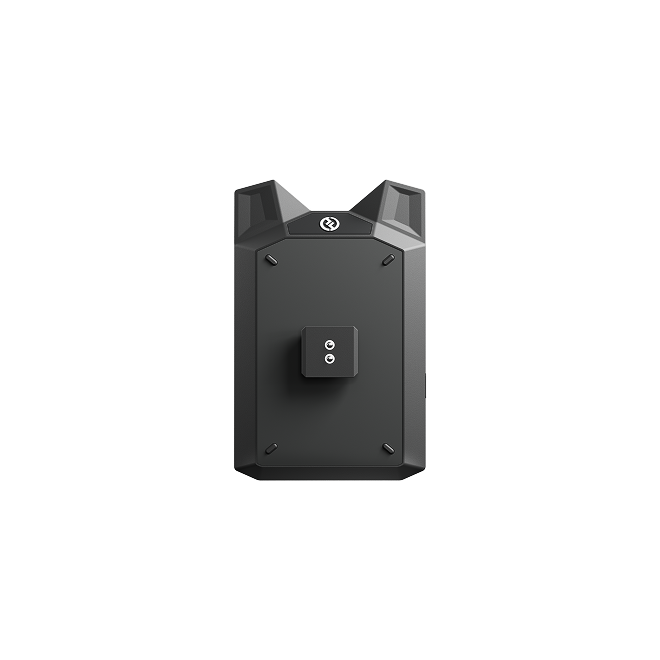

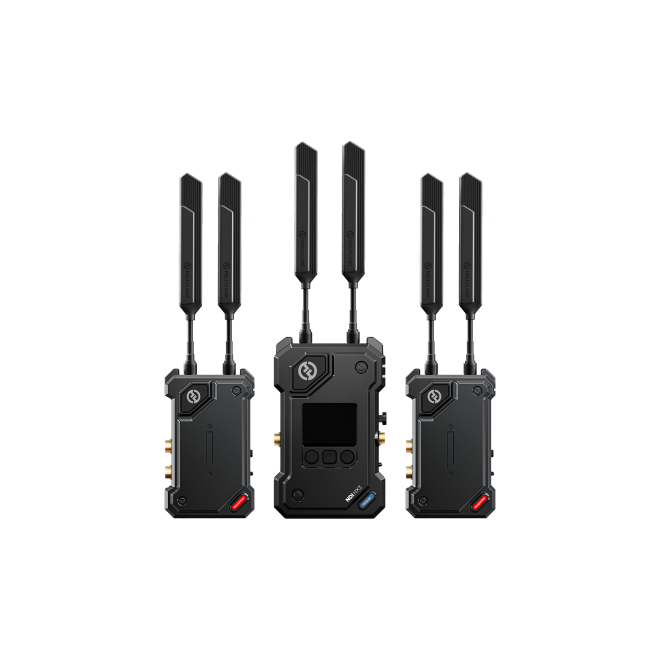
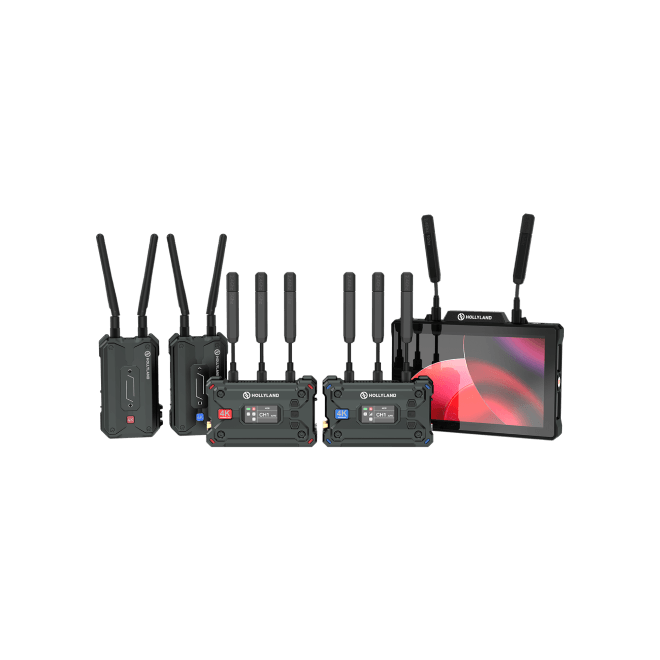
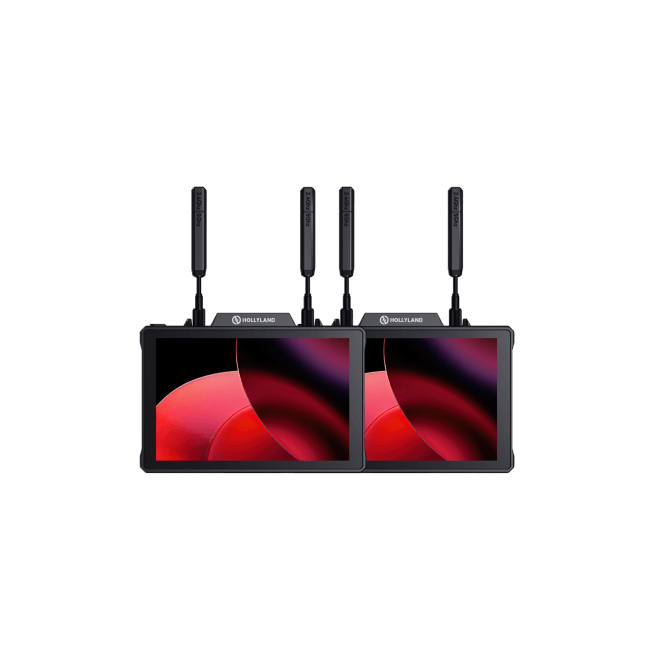
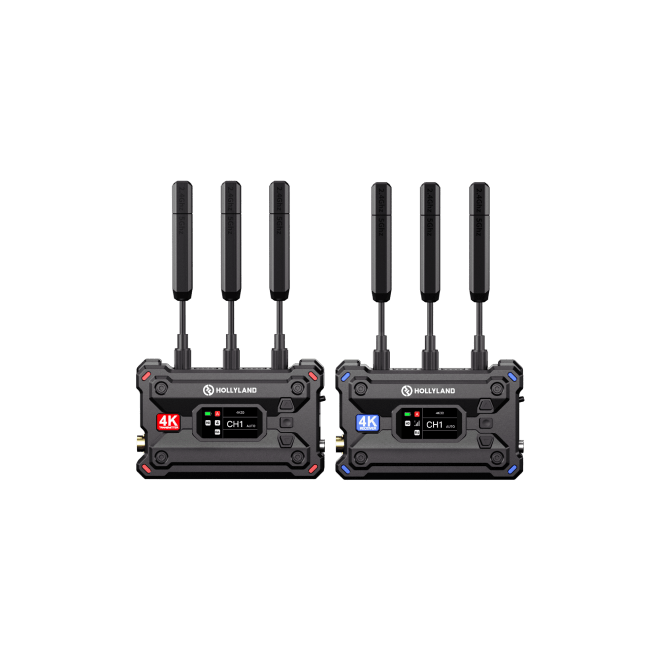
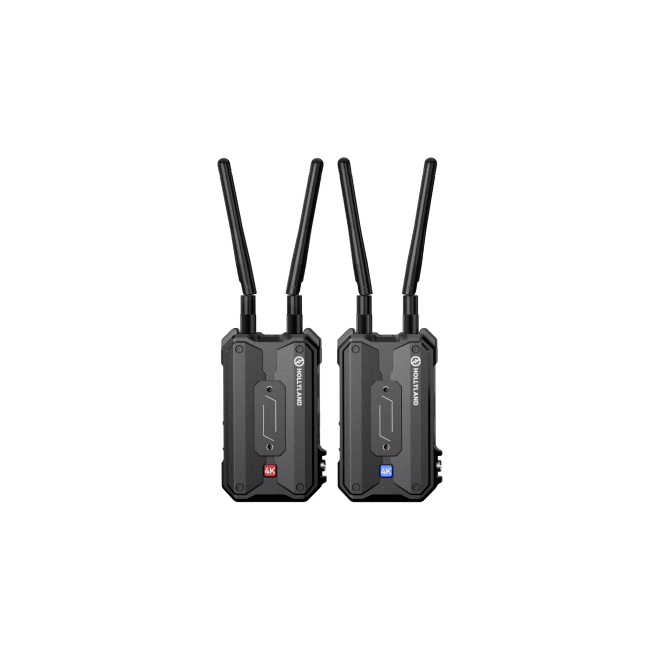
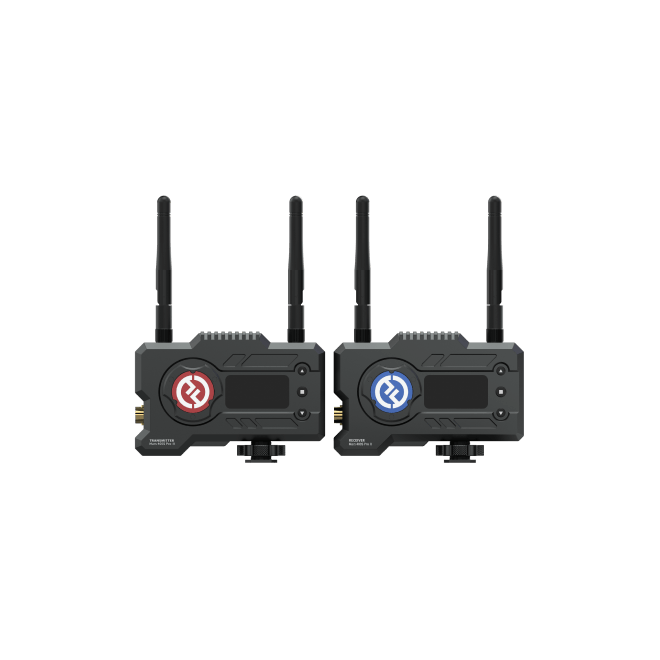
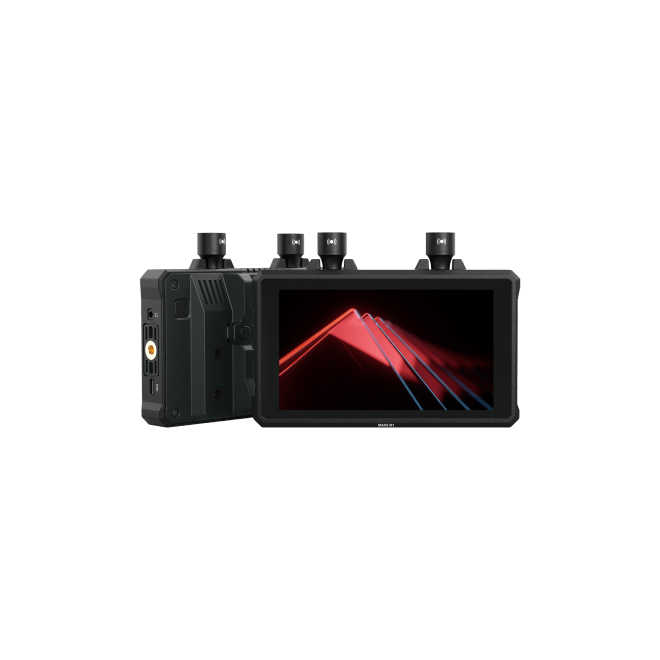
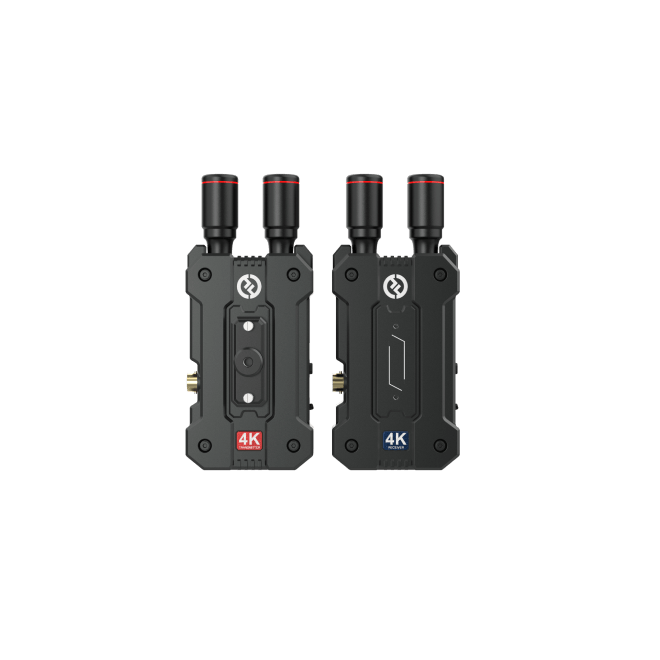
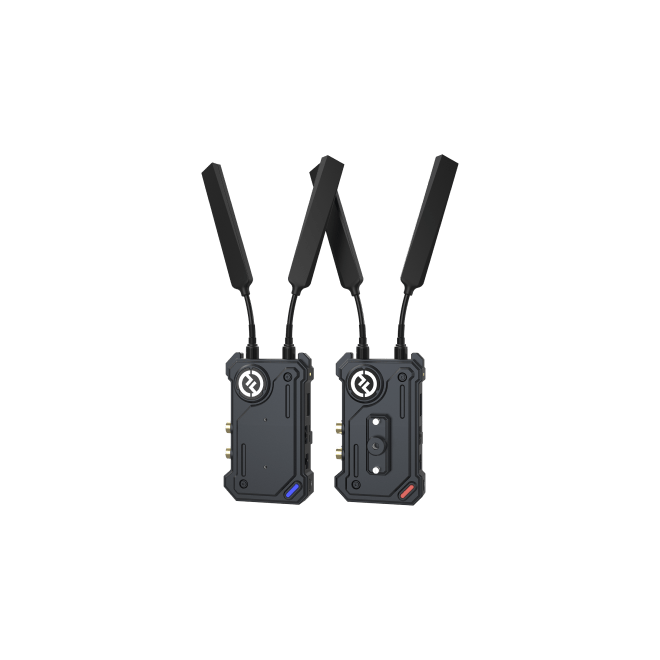
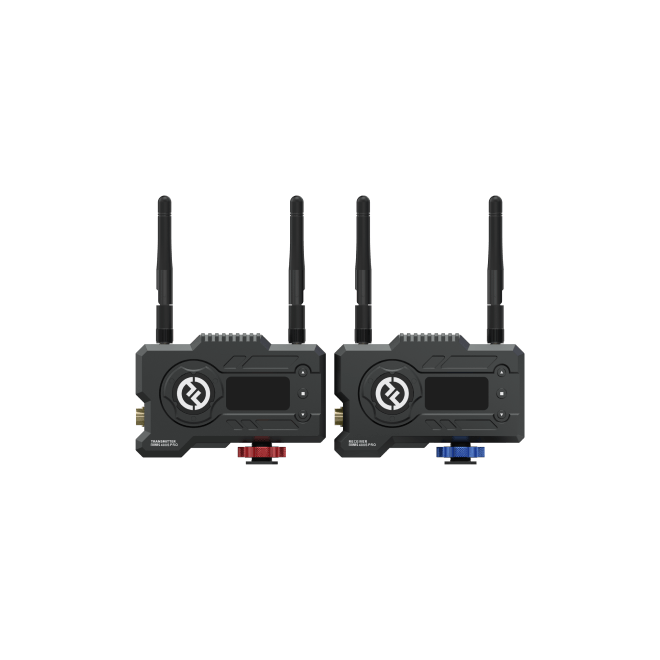
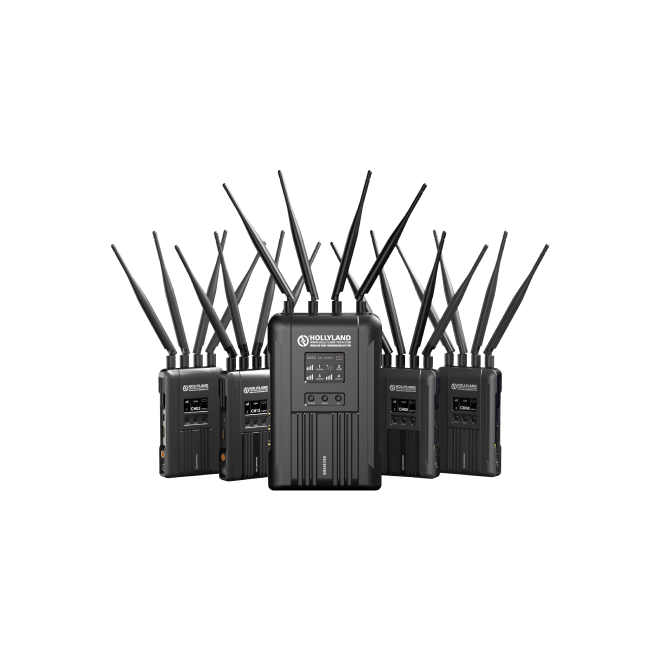
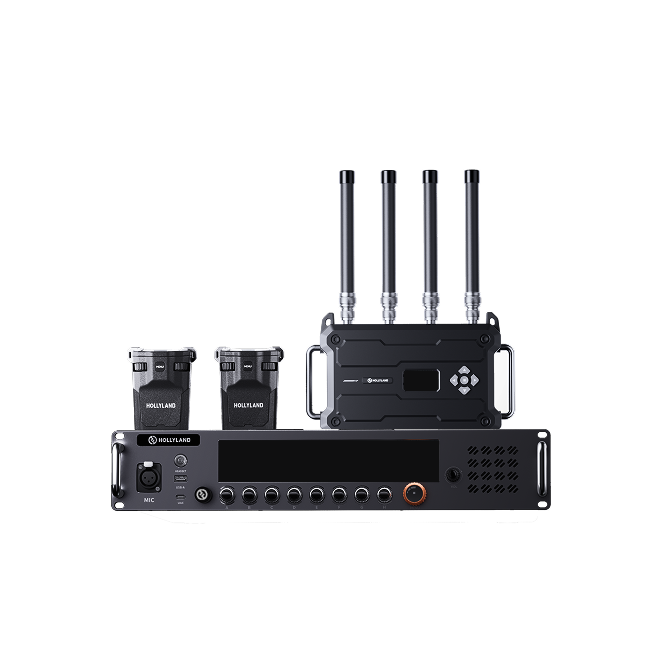

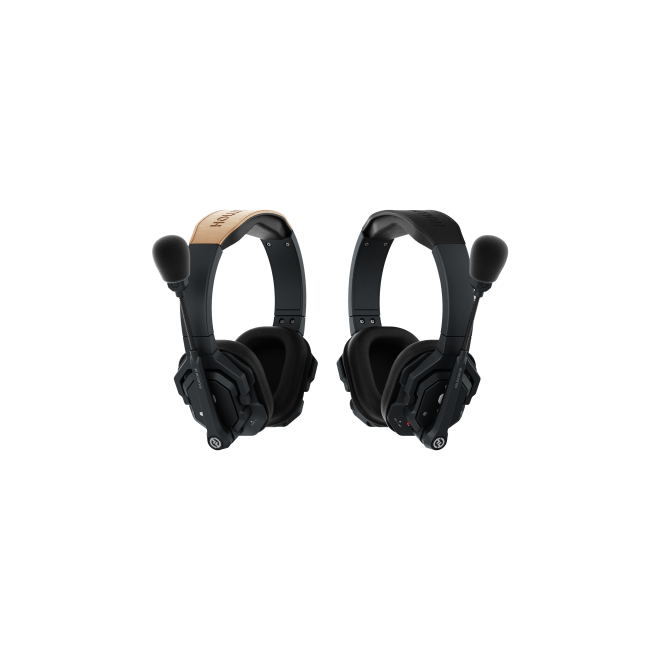

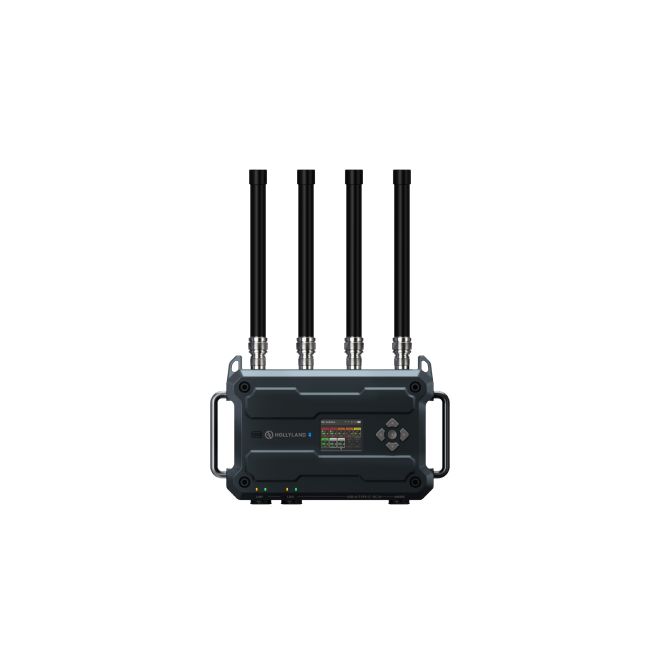
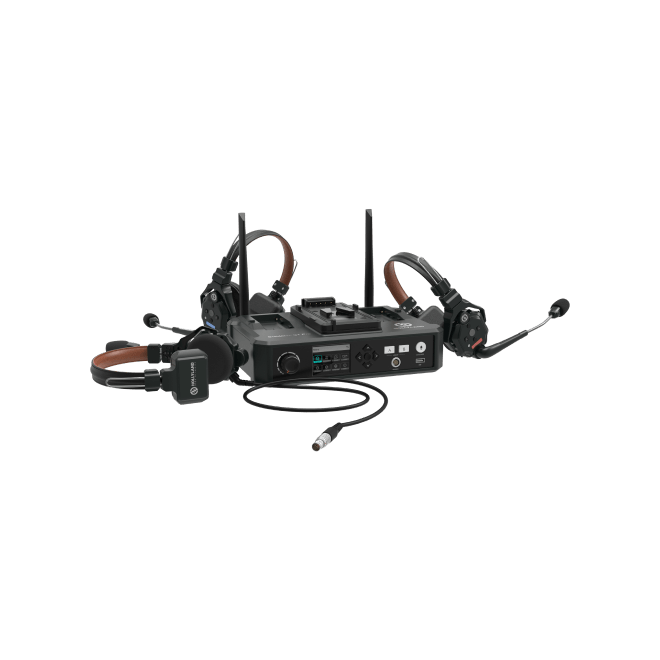
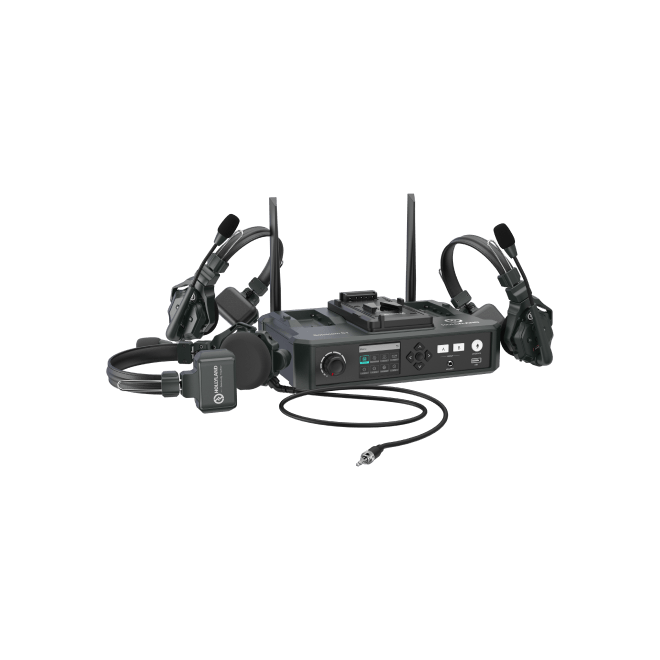
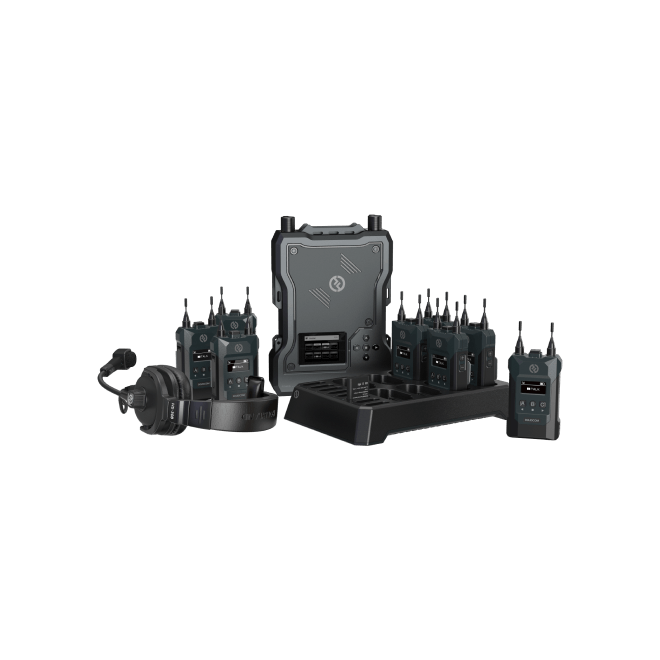
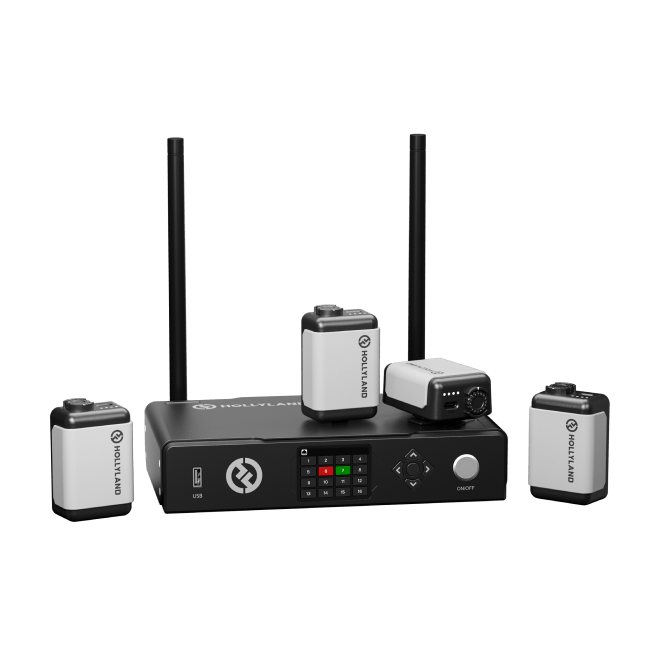
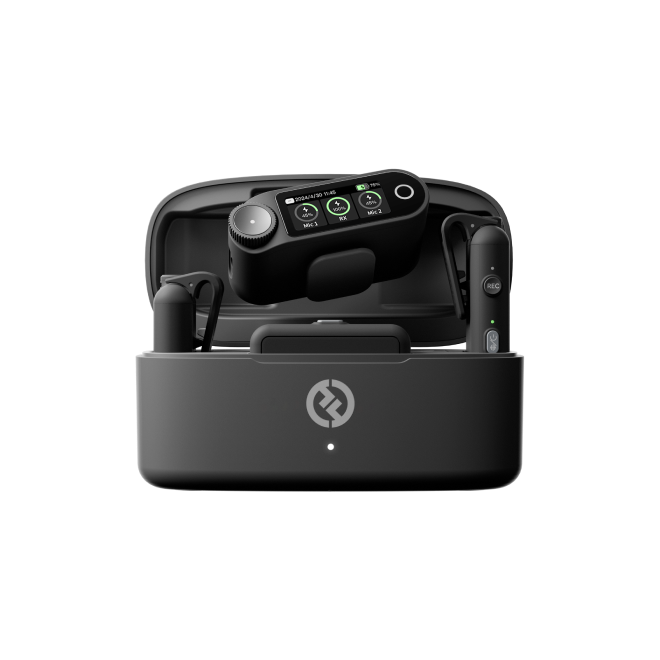






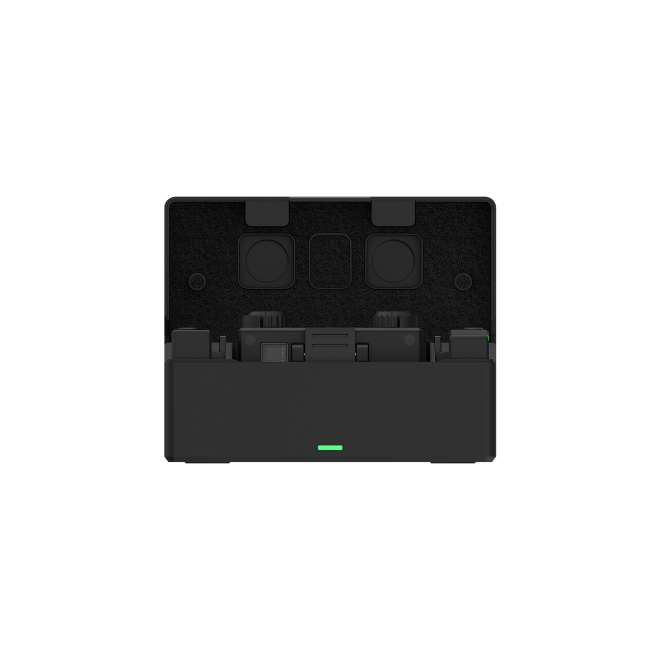
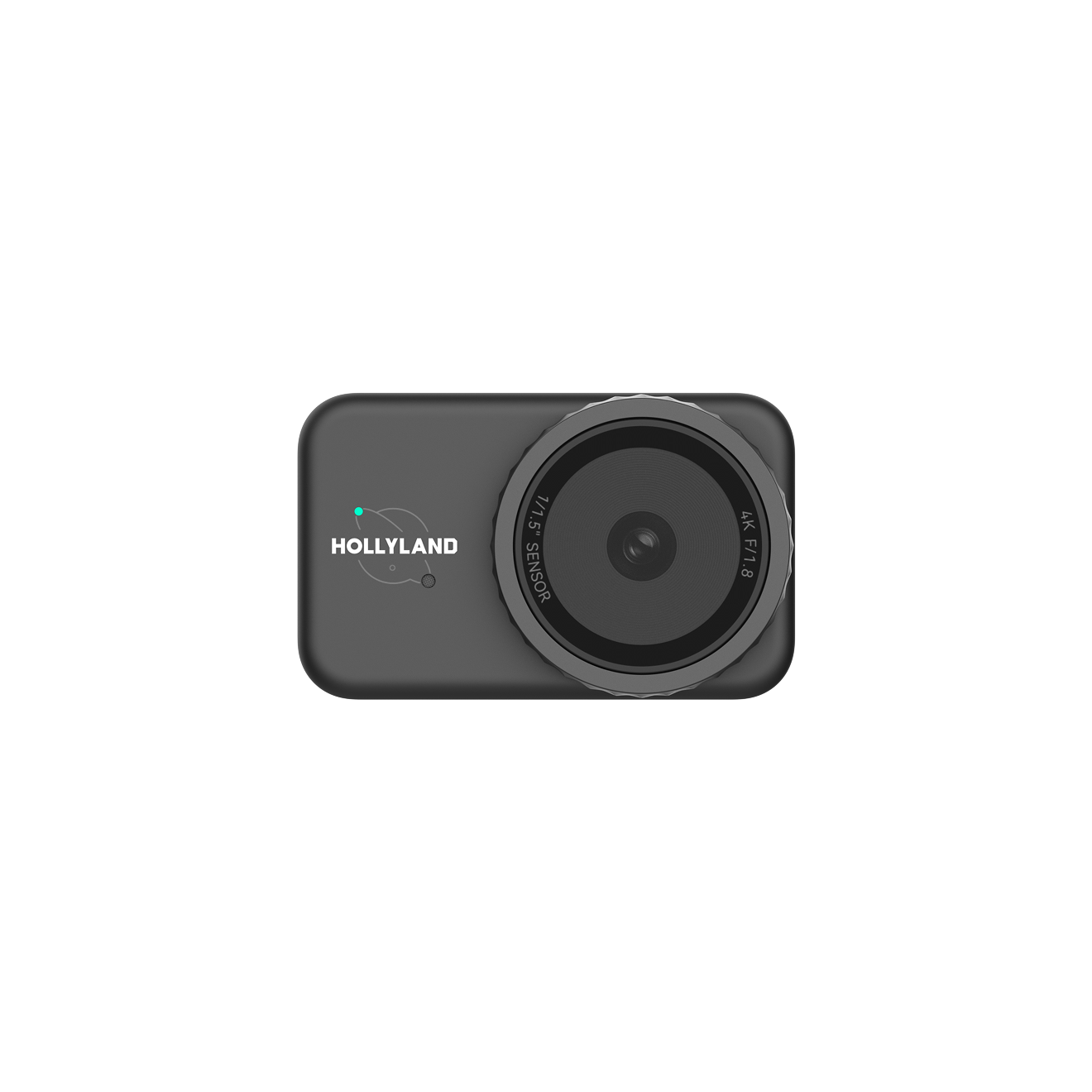

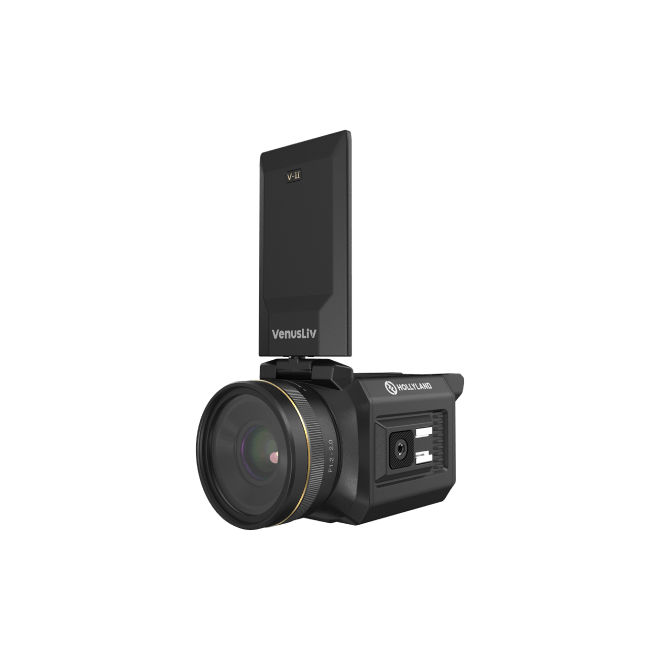
.png)


